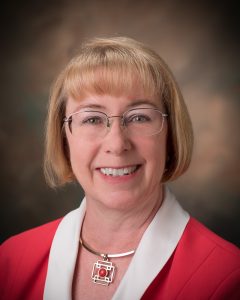Principles of Mapping with Petrel©

INSTRUCTOR: Laurie Green, MSc, PG
DISCIPLINE: Geoscience
COURSE LENGTH (DAYS): 4 Days
CEUS: 3.2
AVAILABILITY: In-House
ATTEND AN UPCOMING CLASS:
Contact SCA’s Training Department at training@scacompanies.com to schedule an In-House course.
Student Testimonial:
Clients see the value of this particular kind of training as a build on to basic software-oriented instruction. “I really enjoyed the course and found it very useful in exploring the capabilities of Petrel as a mapping suite. Laurie is clearly very skilled in subsurface analysis and she understand the capabilities of the tools, and thus has a perspective on workflows and work-arounds. Laurie had developed a series of subsurface exercises for the class and used those to teach methods and approaches after briefly introducing a conceptual topic (exercises were actually the bulk of the course time… like it is supposed to be).”
WHO SHOULD ATTEND: Geologists, geophysicists, and reservoir engineers who want to integrate sound mapping practices into their workstation interpretation workflow.
PREREQUISITE: Attendees should have prior exposure to subsurface mapping interpretation skills and practices, and a basic knowledge of Petrel© software applications and user interfaces. This course is ideally suited for those who have previously attended SCA’s Applied Subsurface Geological Mapping course.
COURSE DESCRIPTION: This course provides participants with the knowledge and techniques needed to make more accurate and geologically correct maps through 1) proper data management, 2) integration of fundamental geologic mapping principles with Petrel© mapping software tools, and 3) establishing an iterative process for ensuring consistency between the maps and data. The course bridges the gap between the “tried and true” geologic principles taught in traditional pencil and paper mapping courses, and the advanced computational tools available from the workstation interpretation platform.
This course covers Petrel’s© mapping workflows and the geologic principles behind those workflows. Emphasis will be placed on generating geologically valid maps of faulted surfaces, and the inclusion of horizontal well data in unconventional plays. Exercises will include procedures for selecting appropriate gridding algorithms, creating control contours and verifying results.
The instructor and participants will perform various workflows presented in the course, offering an interactive exploration and dynamic visualization of the data in different structural settings. Participants will manipulate data to solidify their understanding of the principles being taught and will leave the course with the ability to apply core knowledge to projects on their own Petrel© workstations.
LEARNING OUTCOMES:
Provide a basic understanding of:
- Subsurface geologic mapping methods as implemented in Petrel©.
- Petrel’s© mapping workflow.
- Data selection and quality control.
- Gridding simple and faulted surfaces with well and seismic data.
- Creating consistent surfaces with horizontal well data.
- Grid modification and quality control.
- Single and multi-surface operations (Grid math).
- Mapping well properties (e.g., porosity).
- Quick-look volumetrics and introduction to uncertainty.
- Other map types – bubble maps, log signatures, curvature.
- Automating the workflow.
- Creating effective presentations with standardized templates.
- Documenting procedures and results.
COURSE CONTENT:
- The Mapping Workflow with Petrel©
- What makes a “good” map?
- “Map” and “Grid” – Definitions
- Common Map Types
- Project Setup – Coordinate Systems
- Significance for Data Import/Project Sharing
- Data Selection and QC
- Wells, Well Logs, Well Tops
- Seismic Lines and Volumes, Horizons, Faults
- Project Organization
- Efficient Project Design
- Use of Search Filters and the Favorites Pane
- Gridding Techniques for Unfaulted Surfaces
- Grid Geometry – Fundamentals
- Gridding Algorithms
- Convergent Interpolation Algorithm – the Default
- Minimum Curvature Interpolation Algorithm
- Moving Average Interpolation (Inverse Distance) Algorithm
- Cos Expansion Interpolation Algorithm
- Isochore Gridding Algorithm
- Conformal Gridding Algorithm
- Trend Mapping
- Kriging Algorithm
- Collocated Cokriging
- Grid QC and Modification
- Quantitative Grid QC – Residual error reports
- Truncating and Merging Surfaces/Filling Gaps/Spot-Editing/Smoothing
- Use of Control Points and Contours
- Integration of Horizontal Well Data
- Problems Unique to Resource Plays
- Adding Well Tops to Horizontal Wells
- Use of Zone Logs to Constrain Wellbore Placement
- Gridding Horizontal Wells with the Conformal Gridding Algorithm
- Mapping Faulted Structures
- Fault Surfaces, Sticks, Polygons, Well Cuts
- Connect/Truncate Fault Surfaces
- Grid Surfaces with Fault Polygons
- Faulted Grid QC
- Isochores in Faulted Structures
- Single and Multi-Surface Operations
- Grid Calculator Operations
- Single and Multi-Surface Operations
- Well Property Mapping
- Well attributes such as average porosity, pay thickness, Sw, dominant facies and N/G can be calculated and mapped for each stratigraphic zone from logs
- Drape a Property Map Over Structure
- Surface-Based Volumetrics
- Single-Surface
- Two-Surface
- Map-Based, with Uncertainty Workflows
- P10/50/90 Cases
- Volumes per DSU
- Other Map Types
- Bubble Maps
- Log Signature Maps
- Automating the Workflow
- Simple Workflow to Repeat Gridding Processes
- Map Elements for Effective Presentations
- Map Templates
- Required Map Objects
- Presentation Tips
- Documenting Procedures and Results
- Data inventories
- Workflows
- Results
